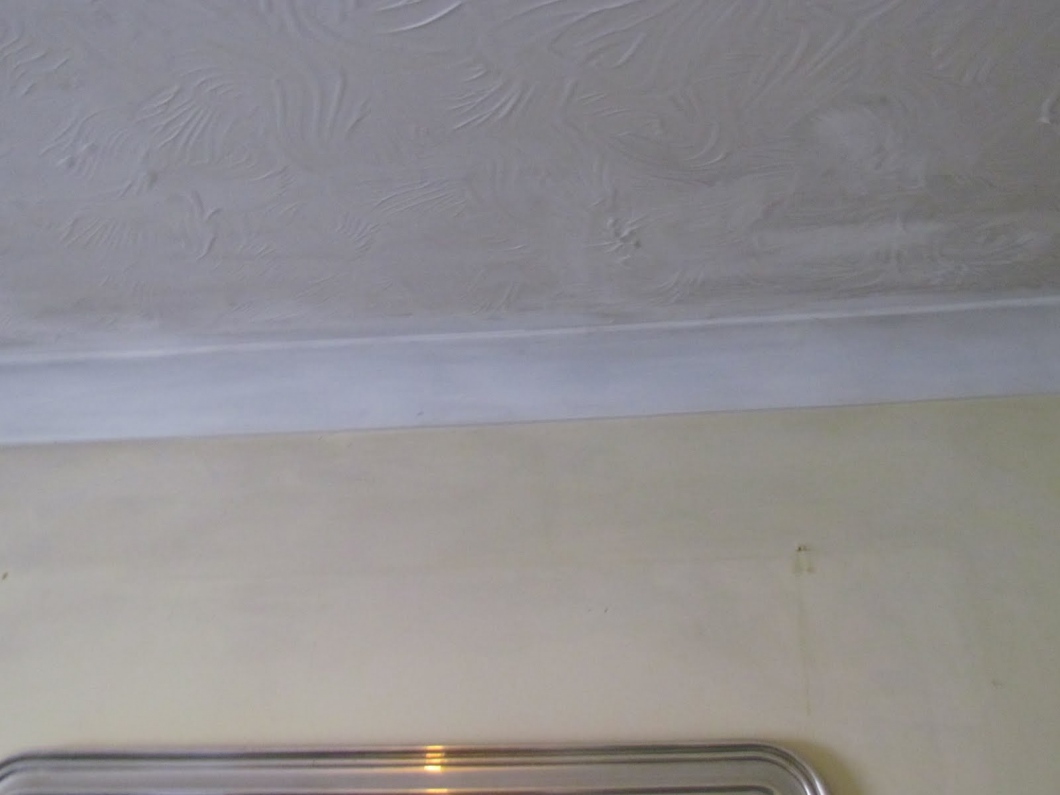Soot in our house could indicate a serious problem and we often don’t notice the reason until it becomes a bug problem. Telltale signs of soot could be seen on pictures and bright-colored wallpapers. Upon closer inspection, the same sooty material could be found on home furnishings, drapes and carpets as well. Ductwork could easily and quickly pickup soot particles and spread them throughout our house. Other places to check are air filter and intake. We should be aware that soot caused by coal, wood, gas and oil could represent a major safety and health risk. Soot is also a sign that carbon monoxide is also produced by the burning process. Our house should have smoke detectors and carbon monoxide detectors, especially during winter when the interior is insulated. is Cleaning soot won’t solve our problem and we need to find the source:
- Wood stove and fireplace: We may find clues to the culprit by checking the hearth stove and fireplace. These areas may contain a larger amount of carbon byproduct. If our stove and fireplace have vents, we should check it. Excessively dirty venting could indicate a problem and we should also look for blockages, such as improperly maintained areas and even bird’s nest.
- Furnaces and water heaters: Again, oil and gas furnaces could also distribute soot inside the interior because they produce fumes. Furnace with well designed venting system and chimney shouldn’t show any sign of soot. If soot is spotted near the furnace, we need to have it repaired and cleaned for optimum performance. Sometimes, the vent system is undersized for the task or it may be clogged by twigs or bird’s nest.
- Careful chimney sweep should help us point out any design flaw and malfunction. As an example the flue could be too short or too small. Improper offsets could also prevent adequate venting. The venting should perform its job of removing smoke and fumes if it is designed properly and the chimney is clean. Improper house layouts and draft issues could also pull fumes from the chimney into the interior of our house.
- Candles: Candles could actually cause expensive damage to our interior. Candles made from petroleum-based materials can be the worst culprits. Combine them with the coloring agent and scents, we could have a true soot factory on our hands. To prevent the accumulation of soot, we shouldn’t blow out candles and it would be better to use a snuffer than can extinguish the flame quickly and cleanly.
Once we have remedied the cause, it is time to do the actual cleanup job. Most commercial-grade cleaners should be able to completely clean up stains and soot. However, if we need to recover the former glory of our artworks and painting, a professional cleaning service could be in order. It should be noted that soot damage may not be covered by our homeowner’s insurance policy, because it is generally preventable.

